Stage 9. Genk (BE) to Hasselt (BE)

Genk is a city in the Belgian province Limburg with more than 66,000 inhabitants.
For almost 800 years Genk remained rural with 200 to 500 inhabitants, but Genk remained the center of a number of other little villages.
During the 17th century, several fortifications were built around Genk, where the population could hide behind to protect them from foreign troops or the Bokkenrijders (local gang).
The tranquility and the untouched landscape around Genk meant that especially landscape painters went to the heart of the Limburg Kempen in search of inspiration. The first painters arrived in the 1840.
In the 20th century, Genk would grow strongly, due to massive immigration from outside and abroad.
In 1902 the exploitation of 3 coal mines around Genk started and on June 3, 1914 the first coal was taken out. Not long after, the mine of “Winterslag” opened and a little later the mines of “Waterschei” and “Zwartberg“.
In 1920 Genk had only 6,276 inhabitants, but the municipality had already 24.574 inhabitants in 1930. The new inhabitants were mainly immigrant mine workers.
Genk had 3 periods of immigration, due to its mining history: in 1920 from Poland and Ukraine, then from Italy, Greece, Spain and Portugal and from 1964 from Turkey and Morocco.
As a result, approximately 54% of the citizens have an immigrant background and about 100 nationalities can be found in Genk.
After all the mines had been closed it were crisis years (around 1960).
But not long after large companies settled in Genk, such as the car factory Ford, which unfortunately closed in 2014.
As a small settlement arose Hasselt around the 7th century near the Helbeek (stream), a tributary of the river Demer. The name Hasselt is probarly derived from the Germanic Hasaluth, which means hazel forest, read more…
After the decline of the textile industry, the economy of Hasselt turned to brewing beer and distiling jenever. At some time around 1844 there were 24 distilleries. During the second half of the 19th century this industry grew into an industrial activity and from 1860 the Hasselt jenever was even exported. The construction of the Albert Canal (1930-1939) in the direction of Liège provided as well new impulses.
In 1970 more than 5000 people were employed by Philips in Hasselt, which would become world famous in 1963 with the invention of the Compact cassette, the accompanying cassette recorder and the development and first production of the compact disc player in 1983. The factory ended its activities in 2003.
Overview map:
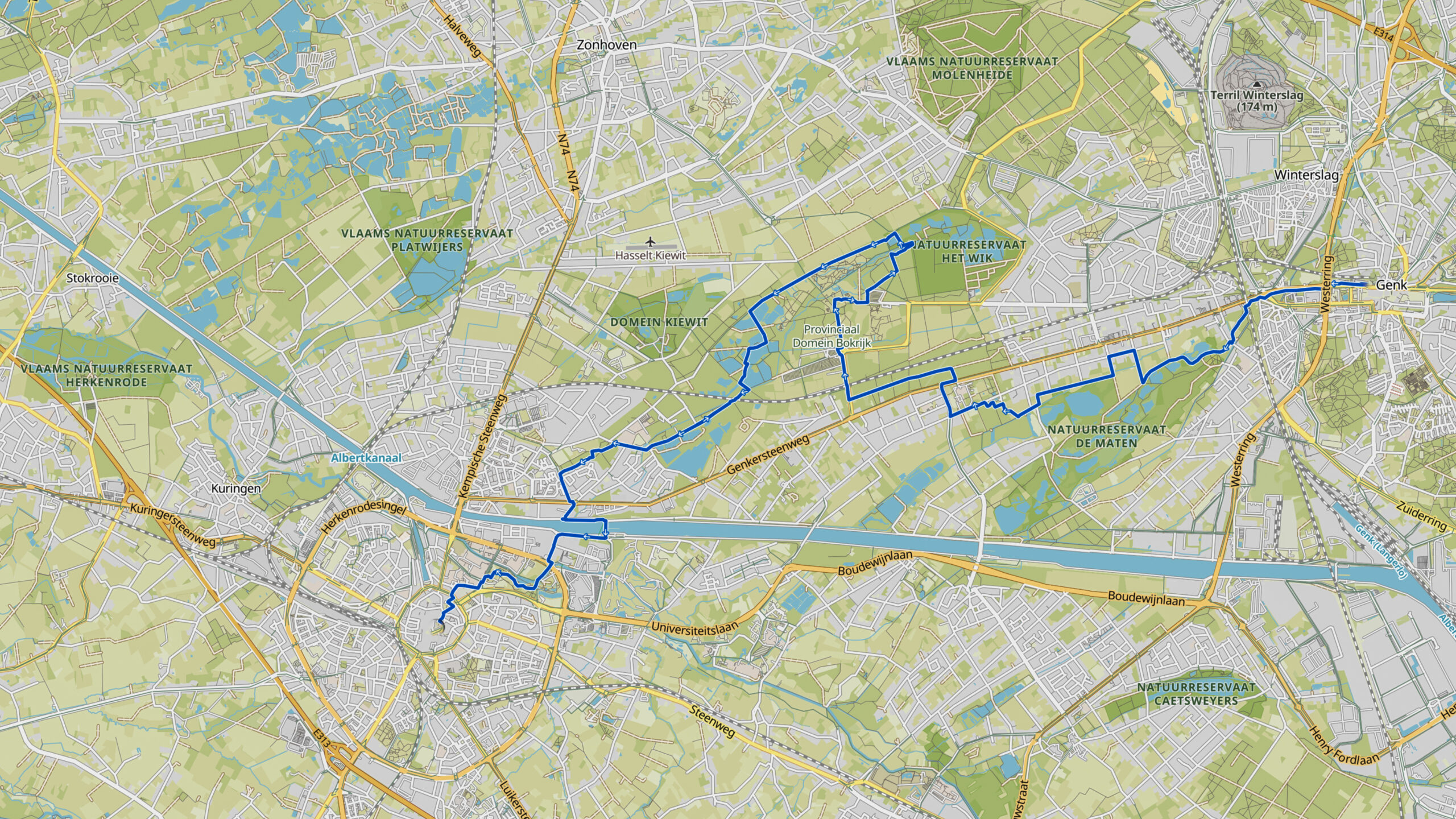
Stats:
| Start: | Genk (BE) |
| Coordinates (DD): | 50.968489 / 5.499835 |
| End: | Hasselt (BE) |
| Coordinates (DD): | 50.930101 / 5.338455 |
| Distance: | 22,7 kilometers |
| Uphill: | 50 meters |
| Downhill: | 80 meters |
| Path, dirt road, gravel, nature trail: | 82% |
| Asphalt, road: | 18% |
| More additional info like GPX track: | Go to Komoot* page here… (external) |
| Print: | Go for download here… (pdf) |
- *Komoot is a navigation and route-planning app that enables you to create and follow routes that are based on walking/riding type and ability. Be aware you have to sign up for free to have access to the app.
See and share with QR code:

You will see stage 9. when you scan the QR code (In the app Komoot).
Highlights:

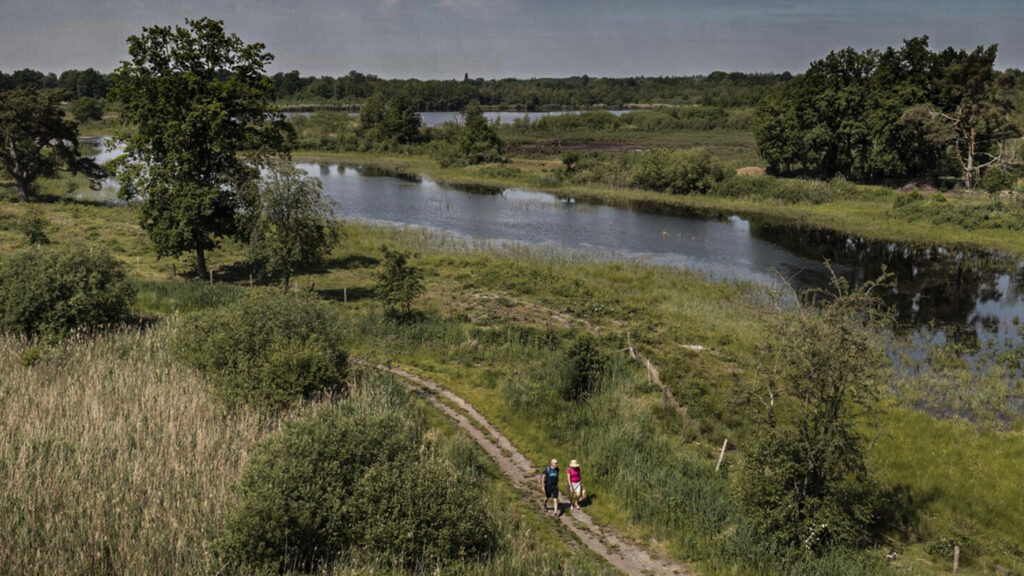

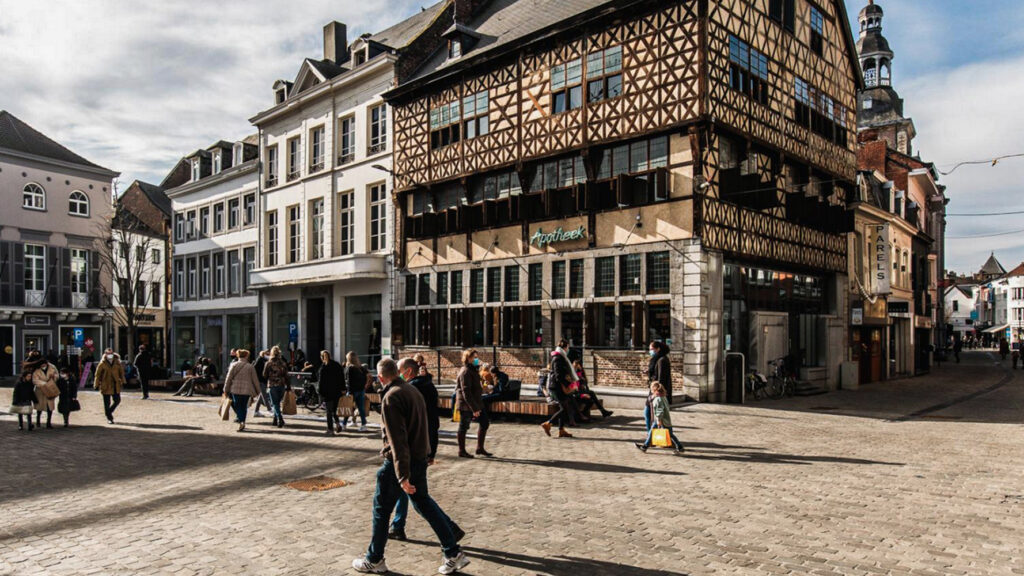

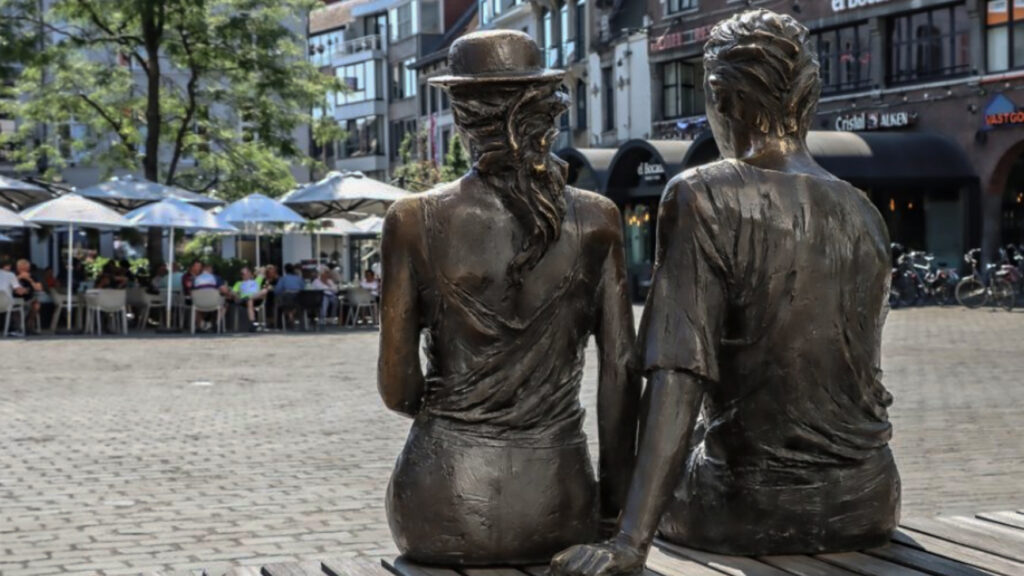
Specific local info:



Roman history
Magnus Carolus
Water sources
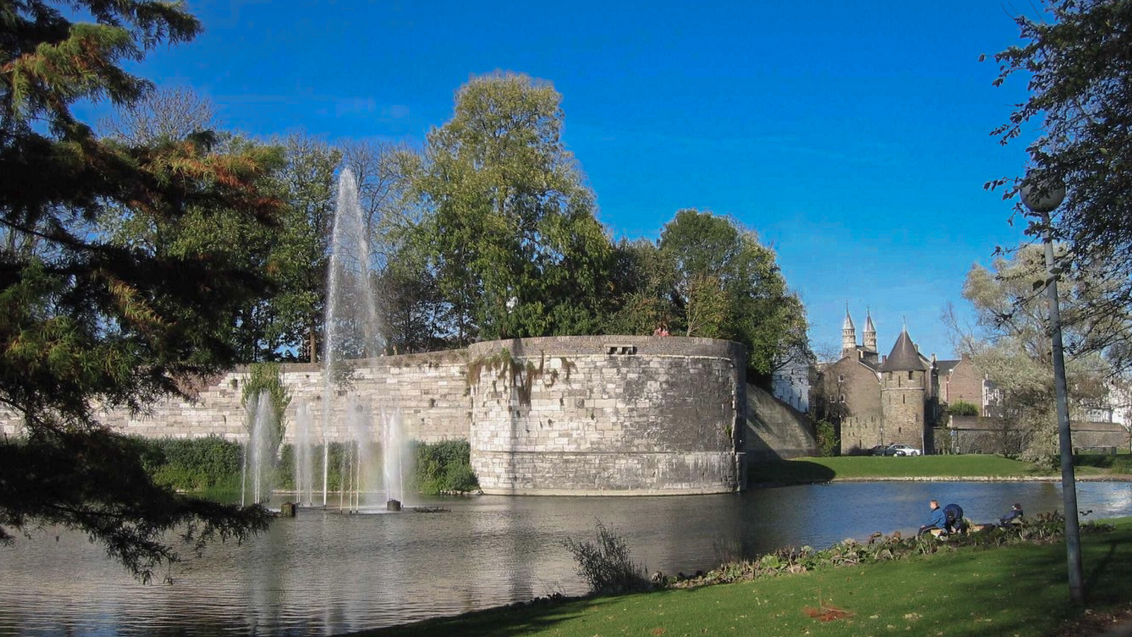
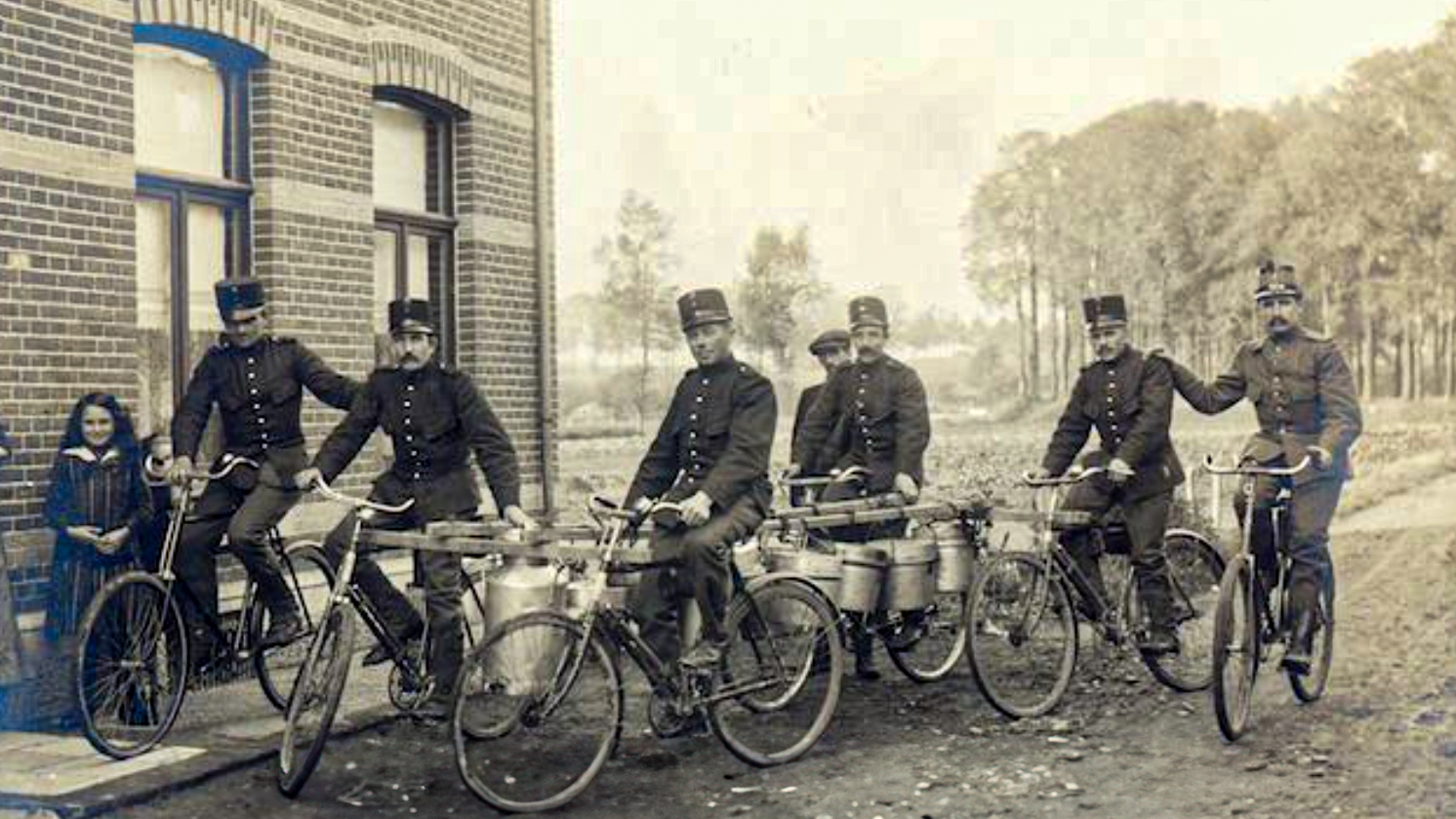
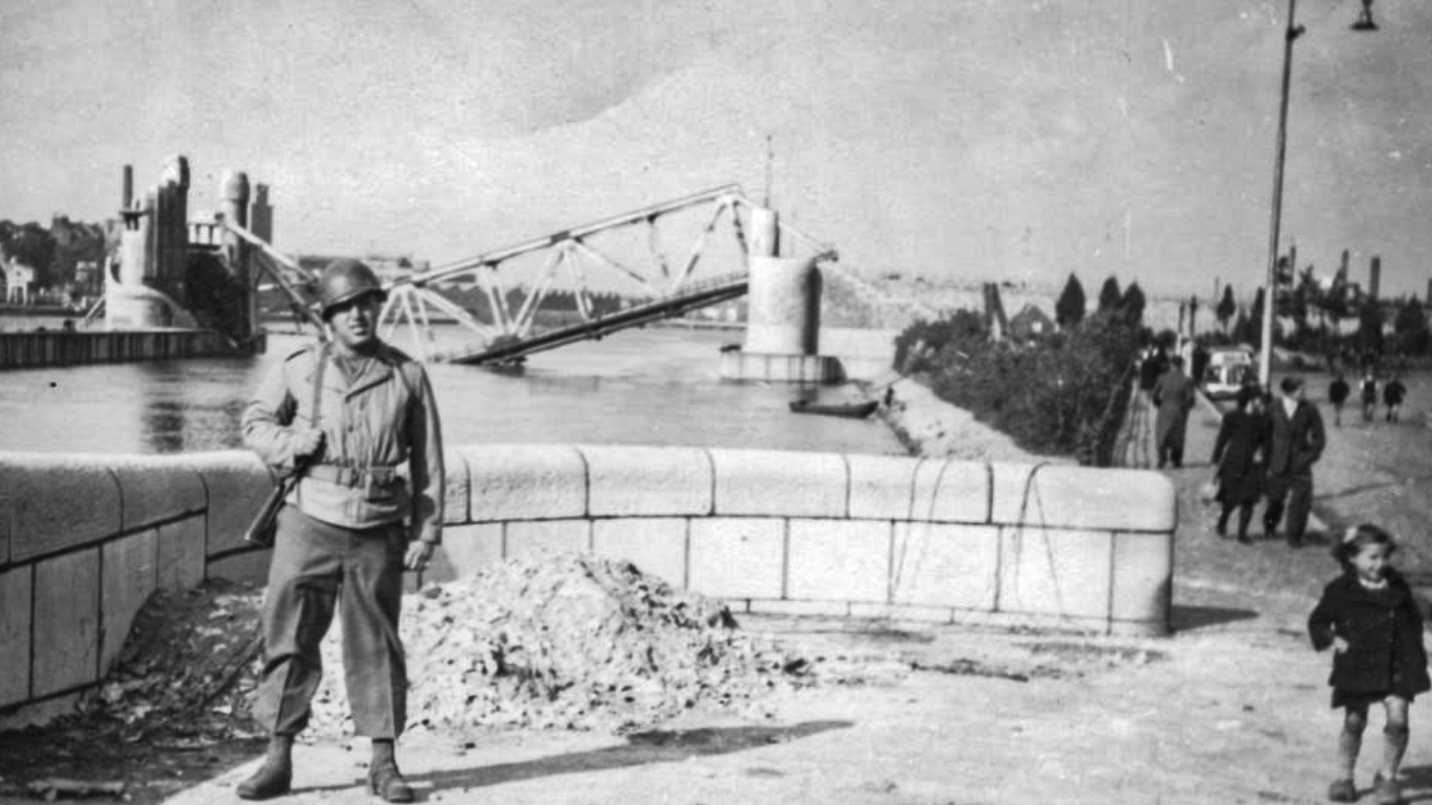
Nature
WW1
WW2




